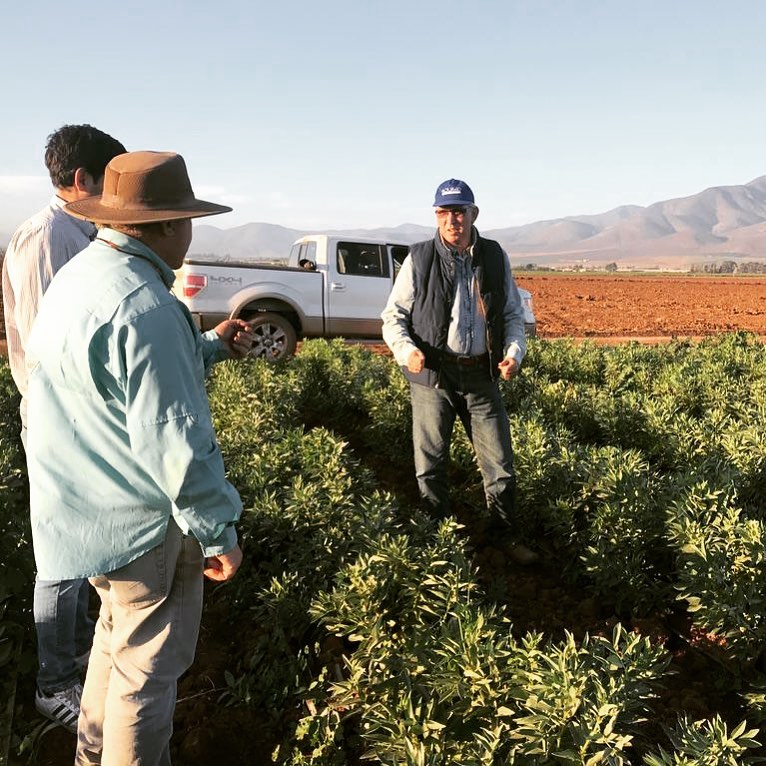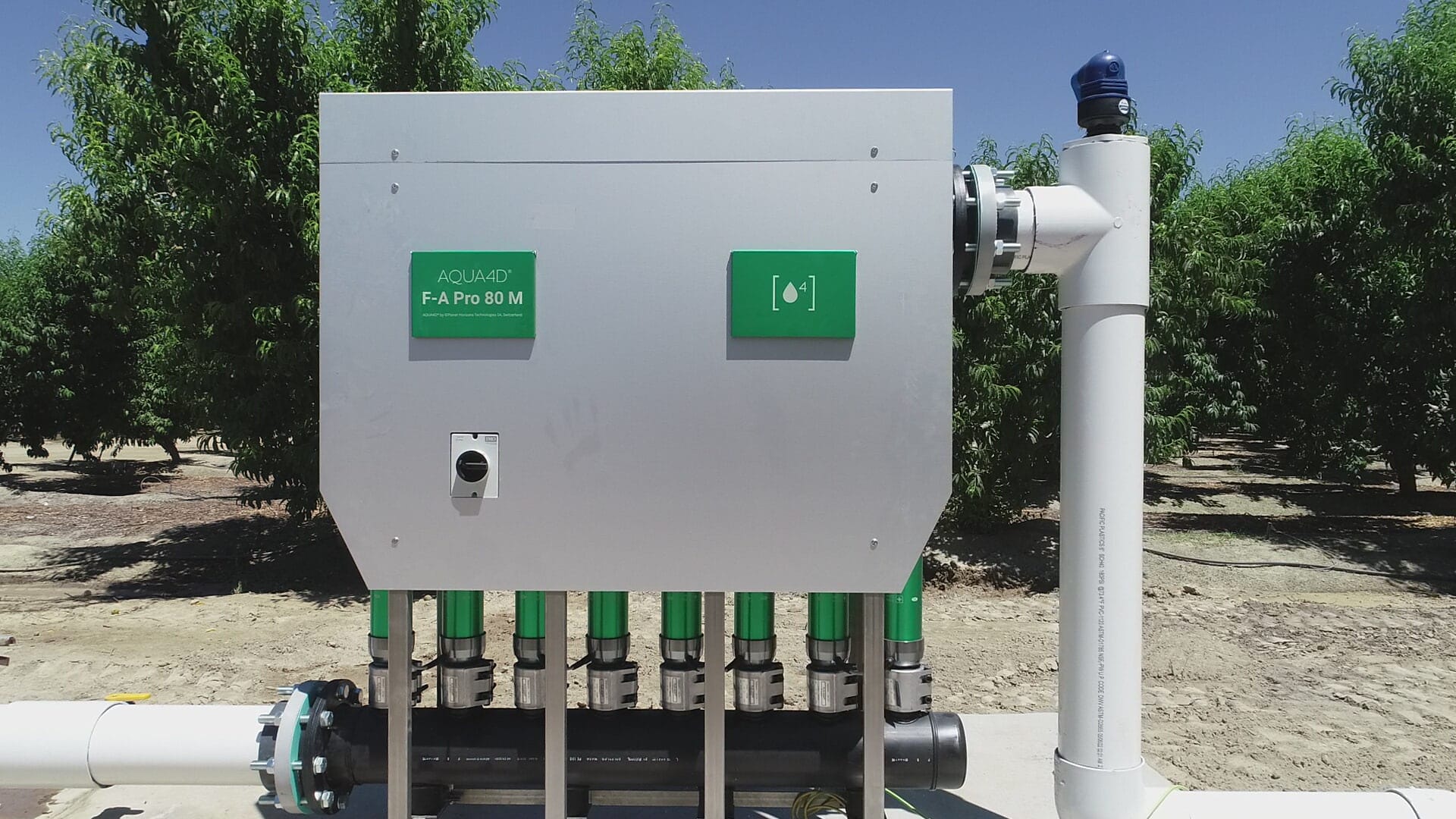Improving Climate Resilience Through Water-Smart Irrigation
With an increasingly erratic climate, it’s more important than ever for growers to take into account temperature fluctuations and an increase in extreme weather events. Unexpected rainfall – or lack thereof – can have huge detrimental impacts on water levels, soils, yields, and hence food security. But adapting can be as simple as increasing efficiency through plug-and-play solutions and making subtle changes to irrigation management.
Here we look at how increasing climate resilience is not just something for the long-term, but how the same adaptations can keep crops healthier and abundant in the short-term.
Agtech solutions to manage water availability
The ENSO cycle and accompanying El Niño and La Niña effects are varying unpredictably in length, playing havoc with agricultural planning and irrigation scheduling around the world. A World Bank report (available in full here) notes how “rainfall of less than 2,000 millimeters annually can cause drought, … while rainfall greater than 200 millimeters in two successive days has resulted in flooding.” As such, the authors stress the need for capacity building and contingency actions.
The agtech world is already ahead of the game here. For example, Gelcer at al detail an innovative AgroClimate tool from Mozambique which keeps track of ENSO phases (El Niño and La Niña) in real-time, to assist with irrigation timing and minimize water stress.
On the other side of the world, agronomist Enrique Rebaza reports that to combat this unpredictability, growers have been adopting various methods. Growers use tools like NOAA and CIIFEN to monitor heavy rainfall, as well as ‘old-school’ solutions such as seed variation, higher furrows, or open drainages.
“Too much water increases root asphyxia, benefiting fungal diseases, while also causing salts accumulated in deep soil to be pushed to the surface,” says Rebaza. Such events can be the death knell for previously healthy plants in a short time. “Since 1998, I’ve helped many farms on the pacific coast manage El Niño effects,” Rebaza continues. “In variable scenarios, the key is adopting water treatment and water management to deal with fluctuations in the availability of water, and salt movements through soils.”
Innovative water treatment can help not only with excesses of rainfall and water – by reducing water on the surface and preventing salts from rising – but are equally effective in dealing with prolonged periods of heat and less water availability.

Enrique Rebaza visiting a grower in Chile
Moister soils for longer
In the hottest times of the year or unexpected prolonged dry periods, moister soils can make a huge difference come harvest time. Irrigation innovations like AQUA4D® change the behavior of water itself so that it better penetrates the micro-pores of the soil. This way, soils remain hydrated for much longer, and irrigation cycles can be reduced. Such efficiency increases can lead to water savings of 30%, and allow plants and growers to better deal with unpredictable water supplies.
A study in Holland showed that these moister soils – especially during peak warm periods or the hottest parts of the day – have huge knock-on effects in the way the plant behaves. Real-time measurements showed that plants irrigated using AQUA4D® dealt much better with stress, grew more vegetatively, and needed to use less of their internal reserves. “This energy surplus goes towards the fruits instead of growth and this results in higher yields,” says 2Grow’s Olivier Begerem, who was involved in the study.
“This energy surplus goes towards the fruits instead of growth and this results in higher yields,” says 2Grow’s Olivier Begerem, who was involved in the study.
This means plants are happier as they have water and nutrients available during stressful times, and growers are equally happy as they can save precious resources during drier periods by irrigating up to 30% less.
Solving soil salinity
Salinization of soils is increasing exponentially across the globe; the impacts are ever greater and the need for a solution more pressing. Current figures estimate that up to 20% of all cultivated land and 33% of irrigated agricultural land worldwide is at risk of salinity.
As mentioned above, dealing with excess water through better water management can prevent salts coming up to the surface. But the same technology can also sustainably deal with long-standing soil salinity issues.
Salts can accumulate in soils due to a variety of factors including the quality of irrigation water and the use of fertilizers. These salts make it more difficult for plants to absorb nutrients and limit water infiltration, so must be leached away. This often involves chemical leaching or water-intensive steaming processes which bring their own negative side effects, but growers are increasingly turning to sustainable salinity solutions like AQUA4D®.
Animation: How AQUA4D® irrigation manages salinity and allows irrigation with saline water
Irrigating with saline water
In many regions, soil salinity comes hand in hand with poor quality irrigation water. Saline or brackish water has a high electroconductivity which is harmful to most crops. Such water harms not only plants in the short term, but increases soil EC and salt content in the medium and long term. In many cases, this can make whole fields infertile over time.
But there is hope in the horizon: new irrigation technologies like AQUA4D® allow for irrigation even with saline water. Considering how harmful soil salinity can be, this statement might sound counterintuitive. But AQUA4D® changes the structure of the minerals in water before it is applied to crops, meaning excess salts are broken down, cannot crystallize, and are moved away from the key root area.
This kills two birds with one stone: irrigation with saline or brackish water is possible, and excess salts in the soil are leached away.
In Brazil, this technology has saved the crops of one the country’s largest fruit producers, Agricola Famosa. The AQUA4D® installation allowed them to irrigate with poor quality with high electroconductivity (EC), while decreasing soil salinity. Here their Field Manager explains more:
A mango grower also reported how he has finally saved his crops from soil salinization: “After 6 months of irrigation with AQUA4D® all salts were solubilized, leaving no crystallization on the surface of the soil. Consequently, the development and growth of the plants has been remarkable.” (full interview here)
Meanwhile, in North Africa, studies at Tunisia’s INRGREF institute showed that irrigation even with saline treated wastewater was possible and led to higher yields and quality.
“There is a need to ensure sustainable, profitable and environmentally friendly agricultural production with improved water efficiency,” says Prof. Mohamed Hachicha from the University of Carthage. “In this perspective, AQUA4D® technology works to mitigate these problems, especially in arid and semi-arid environments.”
Conclusion
Climate change and weather fluctuations are multi-faceted problems which require various different approaches. But water-smart irrigation solutions can help growers be better equipped for unpredictable scenarios – whether it’s excess rainfall or too little water.
And with the stakes so high, it’s increasingly clear that growers cannot afford to be unprepared.
Read on:
Salinity Solution Saves Brazilian Mango Crops
Precision Irrigation Solutions from the Heart of Switzerland
Swiss technology allows irrigation with saline water
How Aqua4D Enables Huge Water Savings Through Optimized Irrigation
- Switzerland
Water treatment
Sustainability

Installation of AQUA4D system in California
AQUA4D’s Eric Valette on Switzerland’s “Le Temps”



